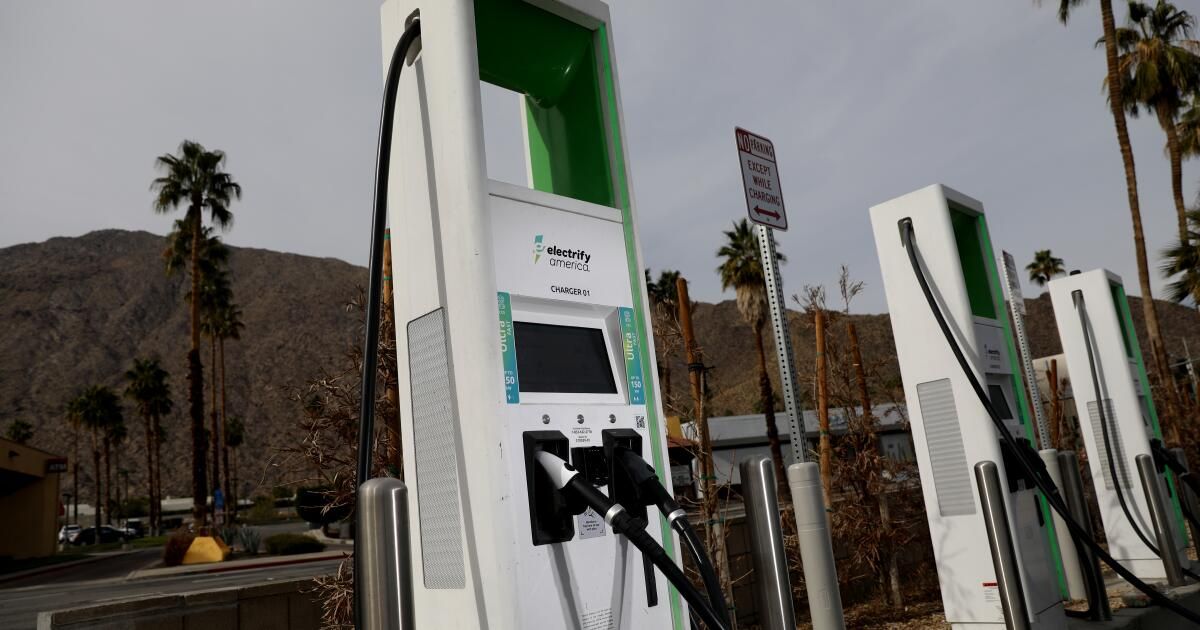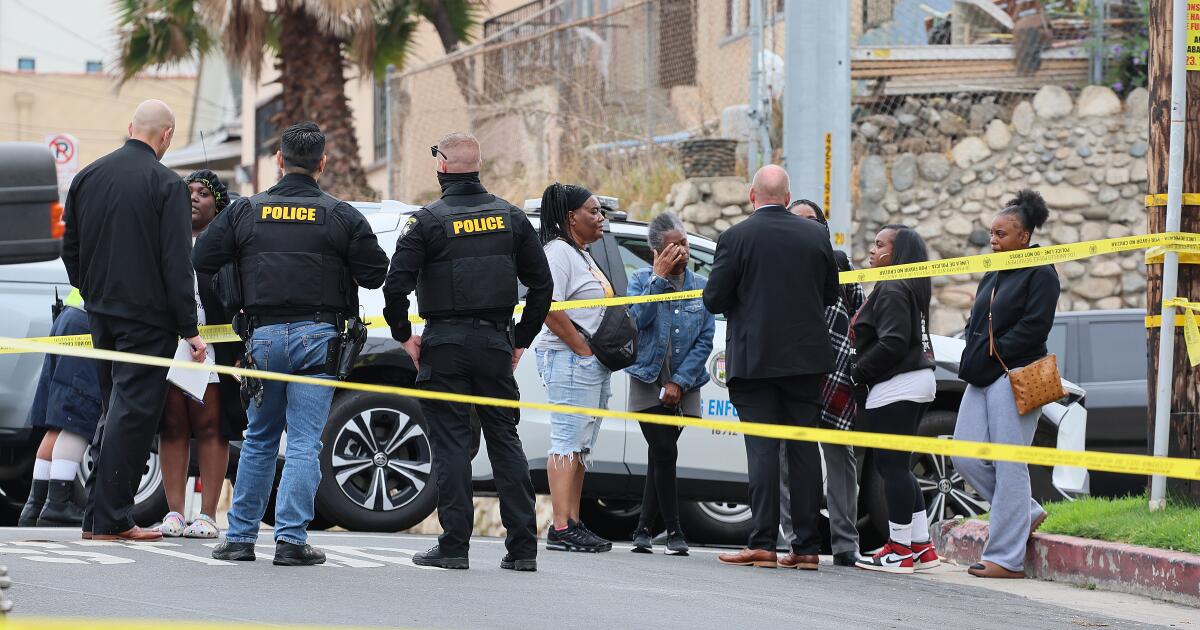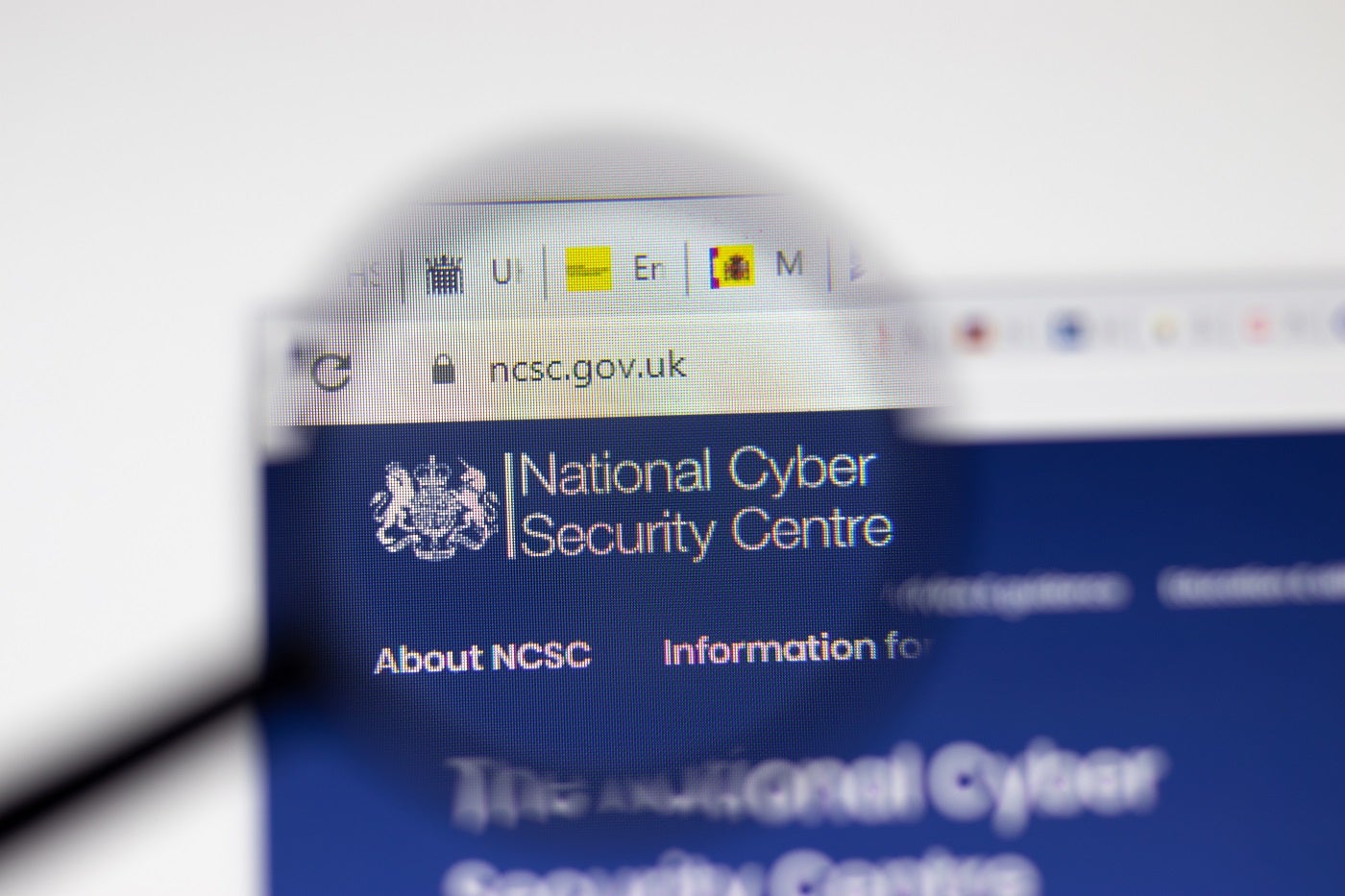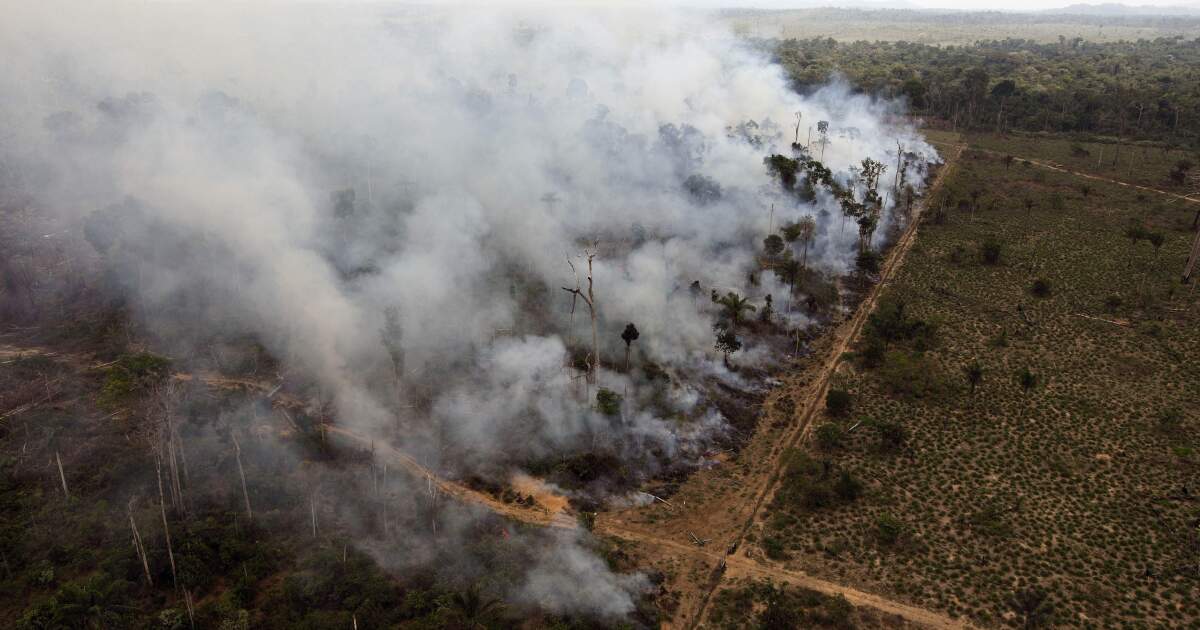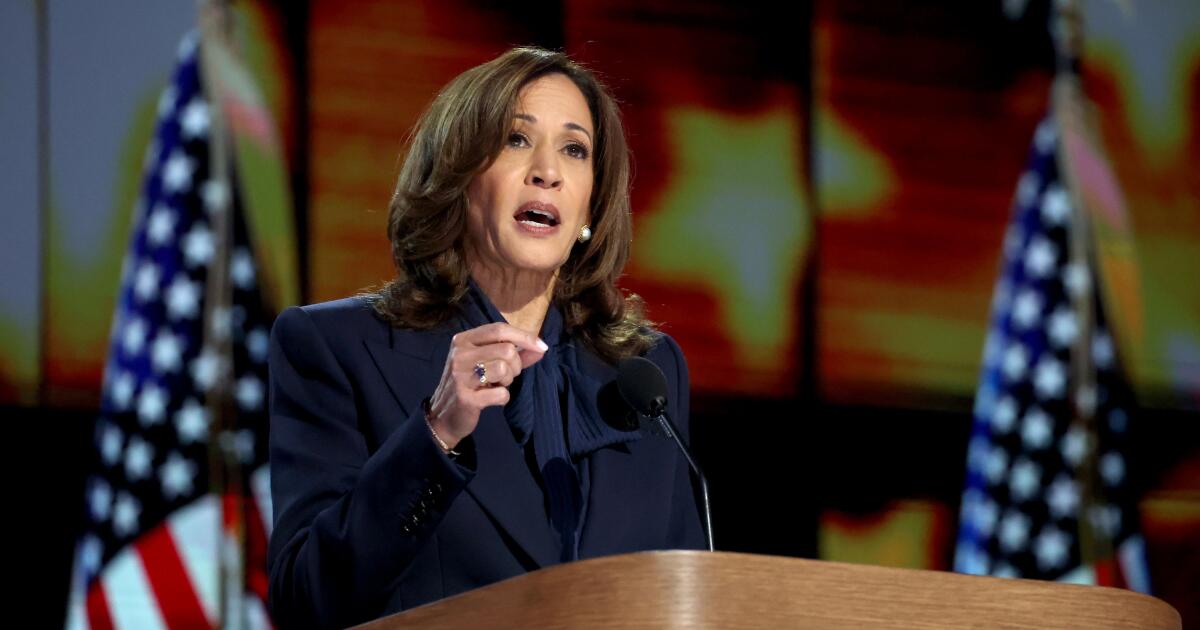To the editor: Broken equipment isn't the only problem with public EV chargers. Failed business models and faulty software also contribute to slow adoption of these cars. (“Broken chargers, lax oversight: How California’s troubled electric vehicle charging stations threaten emissions goals,” Jan. 24)
Most charging companies require registration for their service, which cannot be done on the spot. Then you have to clutter your phone with their proprietary bug-filled smartphone app. Some companies want you to pay in advance for your electricity. PowerFlex, widely used in Los Angeles County, is a major offender on these fronts.
Imagine driving to a gas station and discovering that you can't fill your tank until you register and download an app, and then having to “fill your account” with much more money (non-refundable) than the amount of fuel you need. And after that, the pump doesn't work. I don't think most consumers would be happy.
The state should require all providers (including Tesla) to offer registration-free, pay-as-you-go charging, just like gas stations.
Geoff Kuenning, Claremont
..
To the editor: The problem of unreliable and publicly subsidized electric vehicle charging stations demonstrates what happens when politicians in Washington or Sacramento jump on the bandwagon and spend huge sums of our money while getting ahead of technological development.
It's just another example that “throwing money” at a problem, so easy to do when it's not your own, is not a prudent course of action.
Arturo Negro, Fullerton
..
To the editor: I purchased a Chevrolet Bolt EUV in May 2023 and immediately installed a home charger. Last December we took it on its first long-distance trip to Northern California and experienced the pain of public charging.
In Paso Robles there was a fast charging station and it was the Wild West. The station in Carmel required registration with ChargePoint, which required entering the car's VIN, make, and model (in the rain). In Berkeley, I had to call Electrify America to have the chargers reset remotely.
Traveling beyond the range of your car requires an enormous amount of patience and a willingness to spend time and money consuming coffee while you wait, wait, wait.
Wendy Winter, Altadena
..
To the editor: I recently purchased a Bolt EUV as my daily driver. The practical range is 150 miles, taking into account that you should charge only to 80% capacity and not drain the batteries below 20%.
This range suits my driving needs at least 95% of the time. I was able to reduce the cost of installing a home charger thanks to utility rebates, so I don't have to rely on public chargers.
When I need to go somewhere beyond the reach of my Bolt, I take my Corvette. I enjoy both walks.
Robert Paris, Granada Hills
..
To the editor: When I first purchased my electric vehicle, I was able to walk up to the nearest Electrify America charging station in Woodland Hills and reliably find at least one charger available. Now I find all the chargers in use and a line of at least six cars waiting.
I observe the same phenomenon as I travel around the state. When electric vehicles from other automakers start being able to use Tesla's network, the same will happen with those chargers.
Yes, reliability is an issue, but the real problem is that the pace at which fast chargers are built is not enough for the pace of EV sales. We should have twice as many as we have now and build them at an equivalent pace.
This is our new transportation infrastructure. Maybe all corner gas stations should be required to install some chargers.
John Sherwood, Topanga

